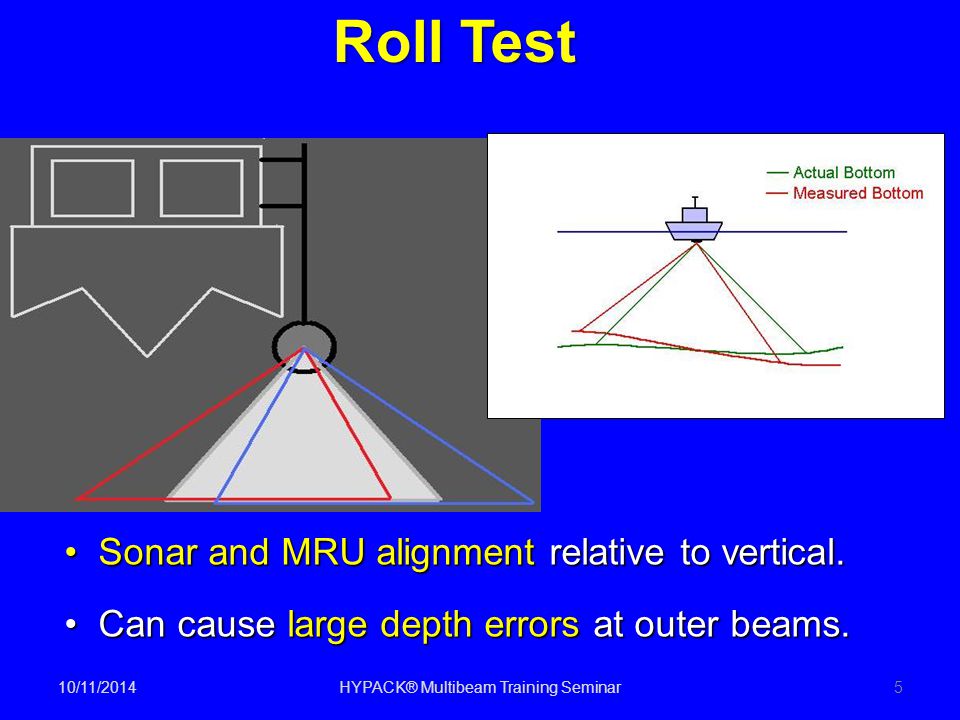

We tested this assumption using a new technology - a dual-frequency identification sonar ( DIDSON) - to describe and measure nighttime spawning behavior of wild chum salmon in the Columbia River. To date, virtually all existing information on chum salmon (Oncorhynchus keta) spawning behavior has been derived from studies conducted during the daytime, and has contributed to the assumption that salmon do not spawn at night. The striking body coloration and morphology that Pacific salmon display during spawning coupled with elaborate courtship behaviors suggest that visual cues are important during their reproductive period. Measuring nighttime spawning behavior of chum salmon using a dual-frequency identification sonar ( DIDSON) Slow dam passage in Columbia River salmonids associated with unsuccessful migration: delayed Given the cultural and ecological value of.R. In the summer of 2012, we conducted a Dual-Frequency Identification Sonar ( DIDSON.Entosphenus tridentatus) in the Columbia River Basin have declined considerably over the past several decades. Often been low in Columbia River basin radiotelemetry studies. This approach demonstrates how multibeam sonar imaging can be used to evaluate community composition and species-specific movement patterns in systems where there is little overlap in the length distributions of target species.Įvaluation of Dual Frequency Identification Sonar ( DIDSON) for Monitoring Pacific Lamprey Passage at Fishways of Bonneville and John Day Dams, 2012 Shad-sized (99.0%) and salmon-sized (99.3%) targets approached the fishway almost exclusively during the day, whereas river herring-sized targets were observed both during the day (51.1%) and at night (48.9%). 76.2% of targets were assigned to the American shad distribution Atlantic salmon accounted for 15.64%, and river herring 8.16% of observed targets. Excellent quality DIDSON targets (n = 6876) were apportioned by species using a Bayesian mixture model based on four known fork length distributions (river herring (alewife,Alosa psuedoharengus, and blueback herring, Alosa aestivalis), American shad, Alosa sapidissima) and two size classes (one sea-winter and multi-sea-winter) of Atlantic salmon (Salmo salar).

A 5% subsample of DIDSON data contained 43 793 fish targets, the majority of which were of Excellent (15.7%) or Good (73.01%) observation quality. Multibeam sonar (dual-frequency identification sonar, DIDSON) surveys were conducted continuously at the fishway entrance from May to July in 2011. We investigated the fish community approaching the Veazie Dam on the Penobscot River, Maine, prior to implementation of a major dam removal and river restoration project.

Multibeam sonar ( DIDSON) assessment of American shad (Alosa sapidissima) approaching a hydroelectric dam


 0 kommentar(er)
0 kommentar(er)
